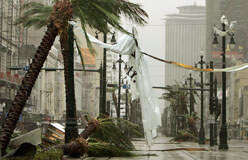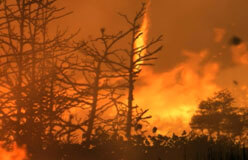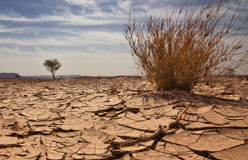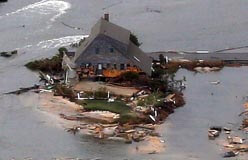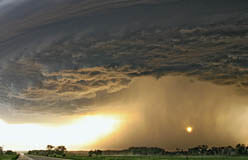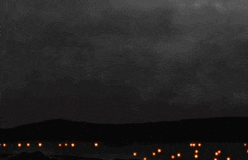Free
“The wind rushed into the building. In one swift, sharp move, the roof was ripped apart, rafters and all, and exploded into the air, disappearing into the storm…. Pieces of wood sheared off lampposts and snapped palm trees like giant power saws.”
That’s the power of wind. This eyewitness was describing how Hurricane Luis ripped through the Caribbean island of St. Martin in 1995. But he could have been describing any big storm. About 85 or so hurricane-like storms form worldwide in an average year. Hurricanes and other wind-driven storms, like tornadoes, are some of nature’s most destructive events.
